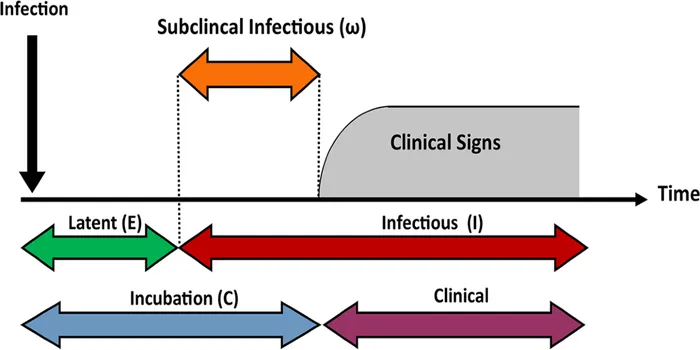30th Anniversary of Chernobyl
The 30th Anniversary of Chernobyl marks a solemn remembrance of the catastrophic nuclear disaster that occurred on April 26, 1986, in Ukraine. This milestone serves as a poignant reminder of the tragedy's enduring impact on human health, the environment, and nuclear policy worldwide. Commemorative events honor the resilience of survivors and the bravery of first responders, while also fostering dialogue on nuclear safety and energy policies. The anniversary underscores the importance of learning from past mistakes to prevent future disasters.

Understanding the Impact of the Chernobyl Disaster
The Chernobyl disaster, which occurred on April 26, 1986, remains one of the most catastrophic nuclear accidents in history. The explosion at Reactor No. 4 of the Chernobyl Nuclear Power Plant released significant amounts of radioactive particles into the atmosphere, affecting not only the local environment but also the health and lives of millions across Europe. As we mark the ''30th Anniversary of Chernobyl'', it is essential to reflect on its implications and the lessons learned from this tragedy.
Immediate Aftermath and Response
In the immediate aftermath of the explosion, emergency responders worked tirelessly to contain the disaster. However, the initial response was hampered by a lack of information and the scale of the catastrophe. The Soviet government initially attempted to downplay the incident, which delayed necessary evacuations and safety measures. This led to increased exposure to radiation for both workers and local residents.
Long-Term Health Effects
The long-term health effects of the Chernobyl disaster are still being studied today. Research indicates that the most significant impacts are related to thyroid cancer, particularly among children exposed to radioactive iodine. According to the World Health Organization, thousands of cases can be attributed to the disaster. The following table summarizes the key health impacts:
| Health Impact | Estimated Cases |
|---|---|
| Thyroid Cancer | Up to 6,000 among those exposed as children |
| Other Cancers | 1,000-4,000 additional cases expected |
| Psychological Effects | Increased rates of anxiety and depression |
Environmental Impact
The environment surrounding Chernobyl has also endured significant changes. The exclusion zone, a 30-kilometer radius around the plant, has become a unique nature reserve, with wildlife returning to areas once heavily contaminated. However, the soil, water, and flora are still affected by residual radiation, leading to ongoing concerns about ecological health. The following chart illustrates the levels of contamination in various environmental components:
| Environmental Component | Contamination Level (Bq/kg) |
|---|---|
| Soil | Up to 5,000 |
| Wildlife | Varies, some species show elevated levels |
| Water | Generally low, but specific hotspots exist |
Lessons Learned and Safety Reforms
The ''30th Anniversary of Chernobyl'' serves as a crucial reminder of the importance of nuclear safety. In the wake of the disaster, many countries reevaluated their nuclear policies and safety protocols. The event highlighted the critical need for transparency in communication and the necessity of having robust emergency response plans in place. International cooperation in nuclear safety has increased, leading to the establishment of protocols such as the Convention on Nuclear Safety.
Furthermore, the disaster raised awareness about the risks associated with nuclear power, leading to a renewed focus on alternative energy sources. Countries around the world are now investing more in renewable energy technologies, driven by the desire for safer and more sustainable energy solutions.
Current Commemoration Efforts
As we commemorate the ''30th Anniversary of Chernobyl'', various initiatives are aimed at educating the public about the disaster's implications. Museums, documentaries, and educational programs are being developed to ensure that future generations understand the significance of Chernobyl. These efforts seek to promote awareness about nuclear safety and the importance of environmental stewardship.
Conclusion
The Chernobyl disaster remains a pivotal moment in history, and its effects are still felt today. As we reflect on the ''30th Anniversary of Chernobyl'', we must honor the lives affected by this tragedy and recognize the ongoing challenges posed by nuclear energy. With increased awareness and improved safety measures, we can work towards a future where energy is both safe and sustainable.
The lessons learned from Chernobyl continue to shape policies and practices regarding nuclear power worldwide. It is crucial that we maintain vigilance and prioritize safety to prevent such a disaster from occurring again.












